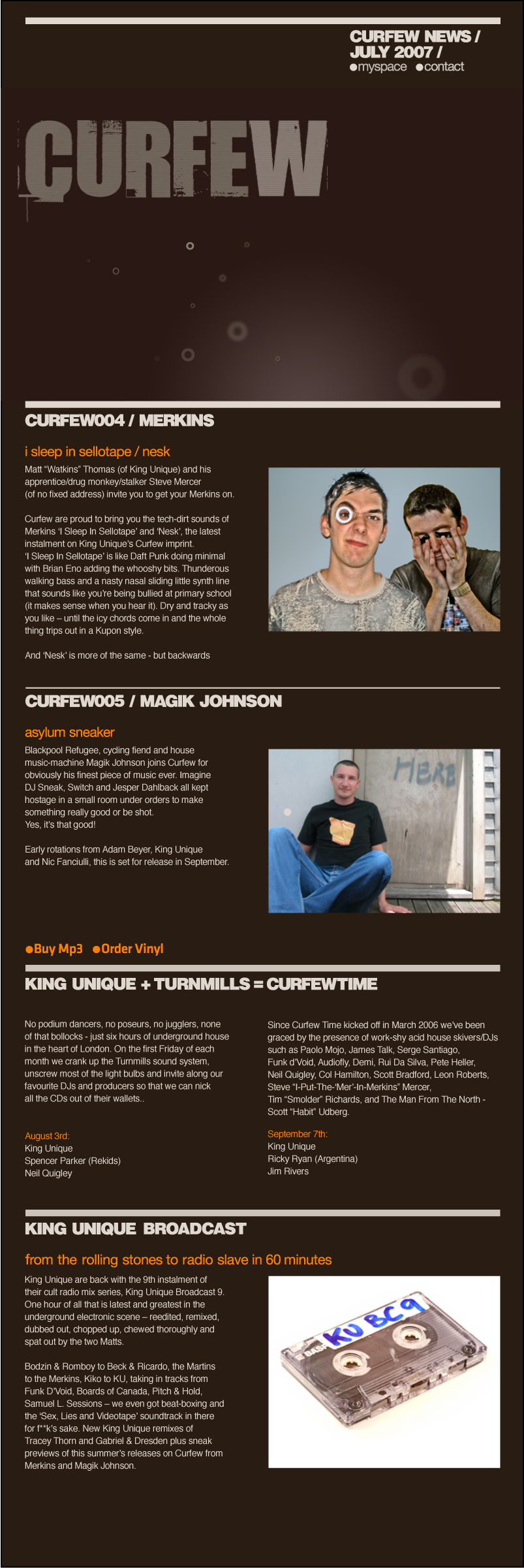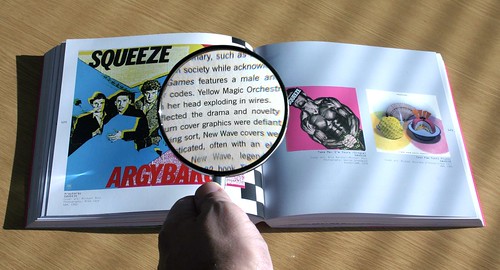
I have set up my own work placement this summer at BDA Sydney (Formerly known as Bruce Dunlop Sydney). BDA are a broadcast design group with offices in London, Sydney, Dubai, Singapore and Munich. I wasn’t sure exactly what I would be doing, but decided that if I simply made cups of tea and hung out I’d still benefit.
BDA covers idents, interstitials, branding, identity (conceptual/creation/production), title sequences, general graphic work used in-between and with TV programming and post-production primarily for broadcast networks across Europe, Asia, the Middle East, India and Australia and New Zealand. The Sydney office is less than a quarter of the size of their London office, and the company consists of a Business Director Jill Munt, Creative Director Jens Hertzum (on vacation whilst I was there), several designers, a couple of compositors/editors, a couple of office/production manager and staff and an IT specialist. The staff were from all over the world, with only 2 Australians there, amongst 5 British, 2 German interns, a Bulgarian designer etc (Sydney is multicultural!).
Whilst I was there, the company were working on a number of projects, some of which had been underway for some time and of which I had limited knowledge of (a huge project for Indian TV which was taking place on the other side of the floor I was working on), as well as a new identity and graphics for Channel 7’s breakfast news program ‘Sunrise’ (similar to BBC Breakfast), and they were just starting on re-branding Sky TV’s main channels for New Zealand (amongst other jobs being juggled).
I was ‘apprenticed’ mainly to designers Jason French and Will Skinner (two British guys), and was brought in on the New Zealand Sky job. The main channel was going to be split into different demographics, so they would be doing a male orientated channel and a female one, for the age groups of 18-30. This job was unusual as there was no real brief, just a copy of an email between the creative director Jens and the Sky TV guy (these had worked together many times before). Another unusual aspect was that they hadn’t yet decided on a name; several were mooted both by Sky and Jens. Sky’s choices were a ‘bit naff’ (the box, XS, unleashed etc), and Jens’ names were better – Dog (man’s best friend etc) or Dog TV, and Chief.
My week at BDA from here was spent almost entirely on research and logo design to explore these concepts further. The name issue wasn’t easily rectified, so many option were tried, with all the designers spending a day or two having a go at a name each (this isn’t something that always happens as it is more work than is the norm, but this client puts a lot of work their way so they needed to show them some ‘love’). The entire team of designers worked on simple black and white shapes in Illustrator, as this is the process (these things need to work in black and white as a basis, then later worked into colour, 3d, put into motion etc). The idea was that by thinking visually and exploring the graphic possibilities of each name and presenting the best ones to Sky, it might help them decide on a the name and the project can move forward, and get made and paid for.
I learned that all the designers there had done graphic design degrees, and many had worked in print prior to learning After Effects. A motion graphics designer (or ‘broadcast designer’) generally needs to be a great graphic designer as a base skill, then also be able to work in After Effects from there. It is normal for these guys to start form nothing, maybe a simple 2 sheet brief and be able to work from concept, to initial design, make the logo, then design a load of other stuff from colours, type, formatting, screen layout to the array of motion pieces needed for a particular job (the ‘Sunrise’ job required about 50 separate movies to be created for the various backdrops, interstitials, idents etc). It is also common for the designers to be required to provide print versions of these things, which can be made onto huge posters or huge physical images to be used at presentations, installations, conferences, launch parties etc. It would be fair to say that by only being there for 5 days, I was only able to witness a few aspects of what they do, but much of the After Effects stuff is beyond my current understanding, so it was probably no bad thing.
To conclude here, I felt that this work placement was extremely valuable to me, and answered many of the questions and doubts I had over the past few months. I saw what goes on in the basic field I want to go in, and this has in turn helped me work out what’s important, and where I need to be in 12 months time. I plan to do another work placement next summer, for as long as possible, as I feel without this, my development will be too slow, and possibly misdirected.
The course I have been on (Digital Media), whilst good, covers (too) many aspects. Whilst it has been good that I have been able to get a small taste of all these, I don’t think it’s possible to do loads of separate specialities. I have many friends in the design business and these along with the designers I befriended at BDA Sydney, they all said whilst it is good to have more skills, it isn’t possible to do everything well: what I mean here is that for example, a broadcast designer will have to be a very good designer/illustrator/image maker, then also have to know something like After Effects (which is a huge and very ‘deep’ program). It would also be desirable to know 3d. Other areas of speciality could be 3d (BDA Sydney had a 3d guy who did solely 3d all day every day), editing (Final Cut or Avid). Other specialties (not related to this placement, but related to my college course) from this point could be web design and development, Flash Designer, film, illustration etc. Most of these would require more then one skill, and to be any good and worth something to a future employer, you would need to be good at your thing. A specialist.
My plan next year is this: to work as hard as I can on graphic design, and make a start on After Effects. The plan is to get my design skills up to scratch, get very good and very fast on Photoshop and Illustrator, work on concepts and storyboards (These were a big thing at BDA – a job might be worked up as roughs on paper, but the storyboards were often required to win pitches. The storyboards were then developed on Photoshop and Illustrator showing what are basically stills from the final job, keyframes, with the design, colour, everything that will be in the final piece all done to the highest standard. When these are given the green light, the production work is done from there. (in many ways 75% of the work is now done). Whilst I am working on this, I will be looking at as many tutorials and Lynda.com movies on After Effects, to try and get my head around the concepts and what can be done in this package. Many of the components of After Effects are in PS and AI, such as transparency, masking, effects and filters, so these need to be learned. I hope to get a working knowledge of AE by the end of the 2007/8 college year. Jason French at BDA recommended I take a 1 week intensive AE training course to really get to grips with the program. (These cost a few hundred pounds, and are only any good if you already know the basics. They are usually a group of 8-10 students of a similar standard, all spending intense 9 hour days going through everything – then Jason said in the evenings you have to make yourself practice all the things you learned that day to make sure you understood). The idea behind this is after this 1 week course, you should be able to basically do it, and you can start doing little jobs, working on little freelance things, and start building a motion portfolio.
If I can achieve this, plus do a work placement for longer next summer (at least 4 weeks is desirable) – this means that in my 3rd year, my BA year, I will know what I am doing a bit more, and can work towards getting a good grade and portfolio and be ready to get a real job in Summer 2009 (I will be 38 years old then, so it’s about time!). This for me has to happen, as I am currently juggling DJ work with studies, and I NEED to get a regular job and move forward. I need to be home at weekends, and be a proper Dad!
NB - I made a good impression with BDA, and was offered a return placement if I was ever around Sydney again, and I reckon I could get a placement sorted their London office in future.






































